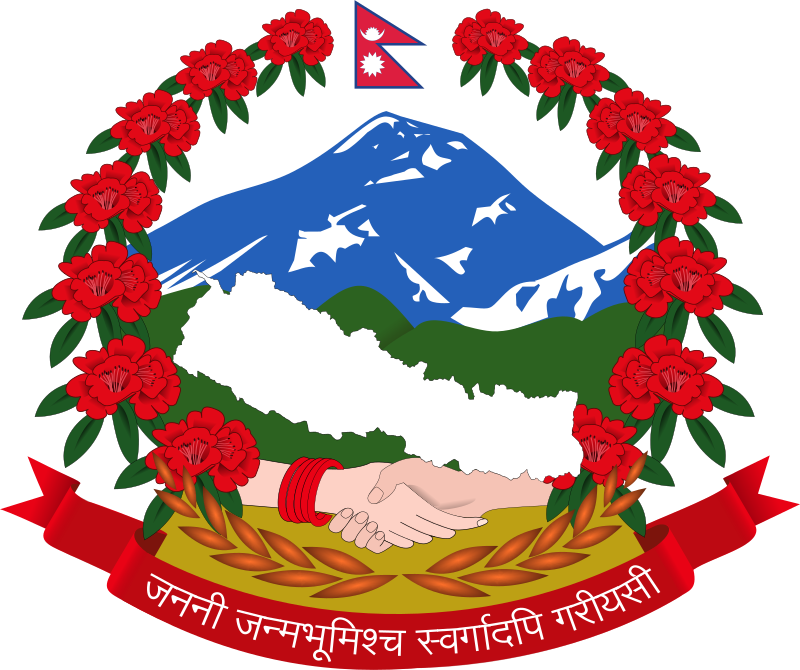Nepal’s presidential system is relatively new going back less than two decades i.e. to 2008 AD. The country traditionally had a monarchy with the king serving as a head of the state. Nepal became a constitutional monarchy in 1990. Following the mandate of historic movement for restoration of democracy, the People’s Movement of 2006, the Interim Constitution 2007 was adopted which removed all powers of the King and paved the way towards the establishment of the republican system of governance.
On 28 May 2008, Nepal’s elected Constituent Assembly duly and formally abolished the 247 year-old monarchy and elected Dr. Ram Baran Yadav as the first President of the Republic of Nepal on 23 July 2008. He served the office till 28 October 2015.
After the promulgation of the Constitution of Nepal in 2015, Mrs. Bidya Devi Bhandari was elected as the second President of Nepal. She served as the President of Nepal for two consecutive terms one from 29 October 2015 to 13 March 2018 and Second term from 14 March 2018 to 13 March 2023 AD.
Rt. Hon’ble President Mr. Ramchandra Paudel is the third and current President of Nepal. He assumed his office on 13 March 2023.
As per the Constitution of Nepal 2015, President is the Head of the State and the protector and patron of the Constitution. The primary responsibility of the President is to promote national unity of Nepal and ensure compliance and protection of the Constitution.

